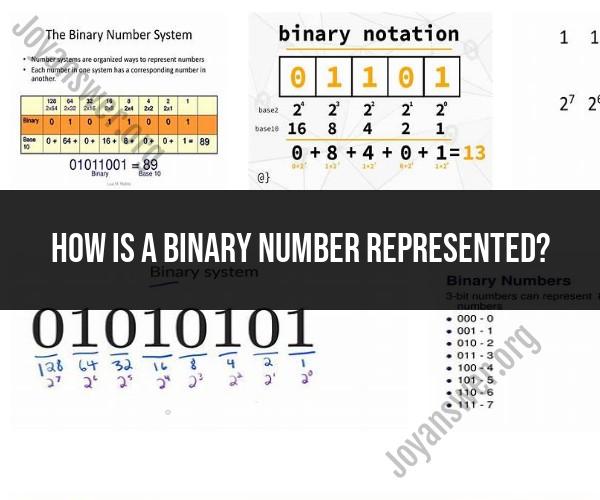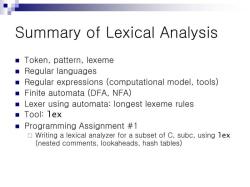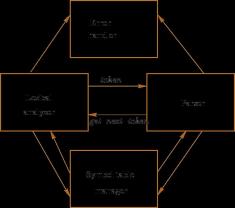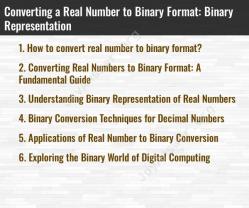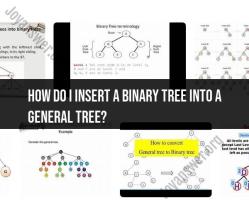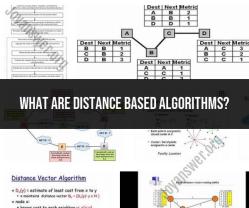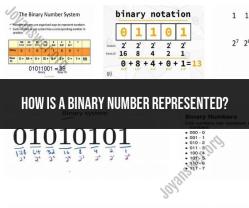How is a binary number represented?
Binary numbers are represented using only two digits, 0 and 1. It is the fundamental number system in computing, where all information is stored and processed in binary form. Here are the basics and principles of representing binary numbers:
Binary Digits (Bits):
- Binary numbers consist of a series of binary digits, also known as bits. Each binary digit can only be 0 or 1.
- For example, the binary number 1101 has four binary digits, from left to right: 1, 1, 0, and 1.
Place Value:
- Binary digits have place values that increase from right to left, with each digit's place value being a power of 2.
- Going from right to left, the first digit has a place value of 2^0 (1), the second digit has a place value of 2^1 (2), the third digit has a place value of 2^2 (4), and so on.
Representation of Binary Numbers:
- To represent a decimal number (the commonly used base 10 system) in binary form, you convert each decimal digit into its binary equivalent.
- For example, the decimal number 13 is represented as 1101 in binary because 13 can be broken down into (1 * 2^3) + (1 * 2^2) + (0 * 2^1) + (1 * 2^0), where each digit corresponds to a power of 2.
Binary Arithmetic:
- Binary numbers can be added, subtracted, multiplied, and divided using binary arithmetic rules, which are similar to those of decimal arithmetic.
- Carry-over and borrowing are common in binary addition and subtraction, just as they are in decimal calculations.
Binary Operations in Computing:
- Computers use binary numbers as the foundation for all operations. Information is stored as binary data, and processors manipulate this data using binary arithmetic and logic.
Hexadecimal Notation:
- In addition to binary and decimal, hexadecimal (base 16) notation is commonly used in computing. Hexadecimal simplifies the representation of large binary numbers. Each hexadecimal digit corresponds to a group of four binary digits.
- For example, the binary number 1101101011110101 can be represented as D6F5 in hexadecimal notation.
Understanding binary numbers is essential for understanding how computers process information at the most fundamental level. Computers use binary logic gates and circuits to perform all tasks, from simple calculations to complex operations, making it a fundamental concept in computer science and digital technology.
